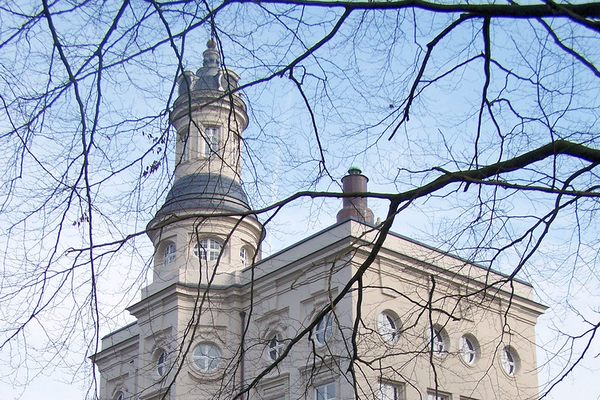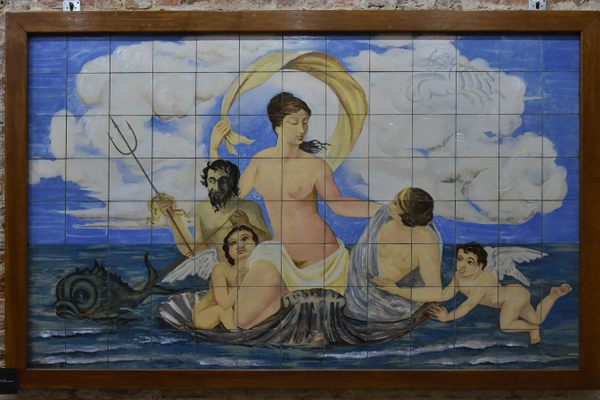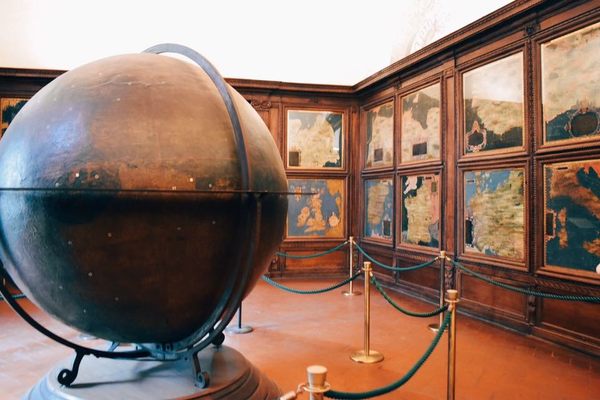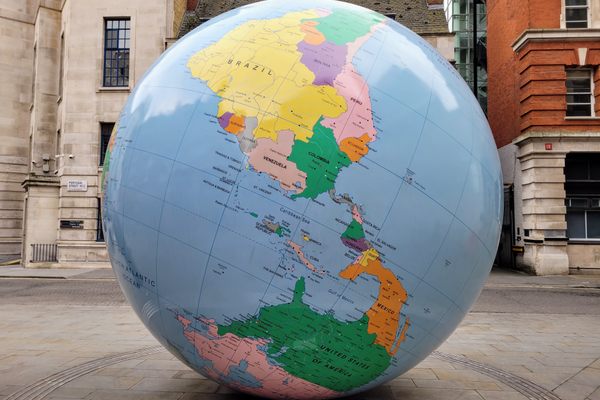Mercator Museum
Housing the groundbreaking maps and globes of Gerard Mercator.
The man we know as Gerard Mercator was born in Rupelmonde, Belgium in 1512. As a young man he proved himself to be an skilled draftsman, engraver, and instrument maker, as well as an astute mathematician. As was the fashion of the time, he changed his name from Gerard de Kremer to the Latinized version, “Mercator”. He first became acquainted with map making by helping with the lettering and assembly of a terrestrial globe, but he quickly took to designing his own.
He produced his first solo map (of Palestine) at the age of 25, and his first world map a year later.
The part of Flanders he lived in was in a state of religious upheaval, and in 1544 he was charged with heresy along with 42 others, and jailed for seven months. Through interventions of friends in high places, Mercator was released along with most of the prisoners, although four were executed for their crimes against the church. His run-in with the local authorities seems to have turned him against the town where he was born, and he moved in 1552 to Duisburg, now in Germany, where he lived for the rest of his life.
He went on to develop his own techniques of cartography, and produced some of the first “modern” world maps, recognizable today as more or less representing all of the known world. He developed the flattened Earth style of map familiar to grade schoolers the world over. Known as the “Mercator projection”, it is a cylindrical projection, wherein the poles are distorted as the scale increases from the equator, allowing for a tidy grid of equally placed longitude and latitude lines across the map.
In 1564 he was appointed Court Cosmographer to the local duke, for whom he created maps and navigational charts. In 1578 he produced his first world Atlas based on Ptolemy’s 1st century “Geographia”. It is Mercator that coined the name “Atlas” for a collection of maps, after the Greek myth, shown in the frontis plate of this first Atlas.
Mercator also developed a method for (relatively speaking) mass-produced globes using papier-mâché cores. Up until this point globes were individually produced by hand, engraved or drawn onto massive wooden or metal spheres. He designed 12 printed gored panels that could be affixed to the surface of the lighter weight sphere, to be hand-tinted by artists, with metal caps at either end. 22 Mercator globes like this survive.
The Mercator Museum is home to his 1541 terrestrial globe and a celestial globe made in 1551, as well as the Mercator map and globe collection of the Royal Archaeological Society of the Land of Waas. In 1994, the museum celebrated the 400th anniversary of Mercator’s death, and also displays exhibits related to modern map making techniques.
Mercator’s surviving original maps and globes are now located in many different collections around the world. He is buried in the Saint Salvatorus church in Duisburg, where there is also another collection of his work in the Mercator Treasury. Both Rupelmonde and Duisburg have public statues honoring Mercator as their own.
Know Before You Go
info: [email protected] (Dutch, French, German, English)
















Follow us on Twitter to get the latest on the world's hidden wonders.
Like us on Facebook to get the latest on the world's hidden wonders.
Follow us on Twitter Like us on Facebook